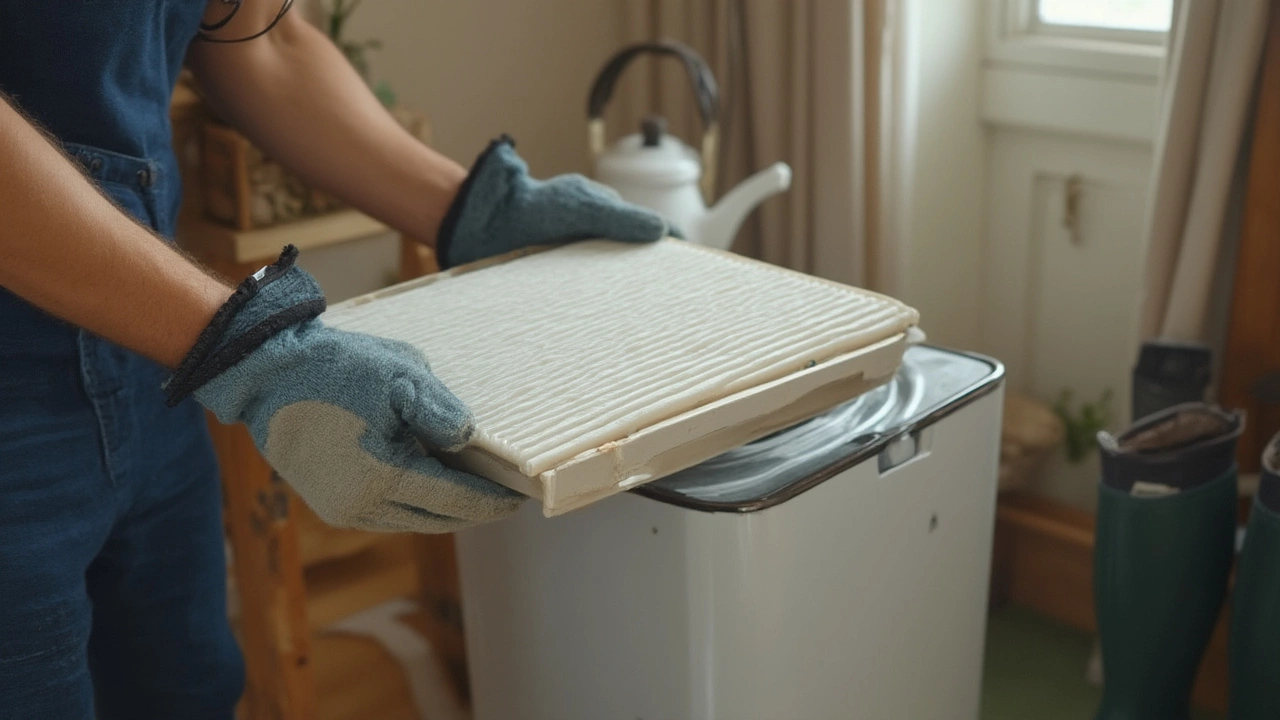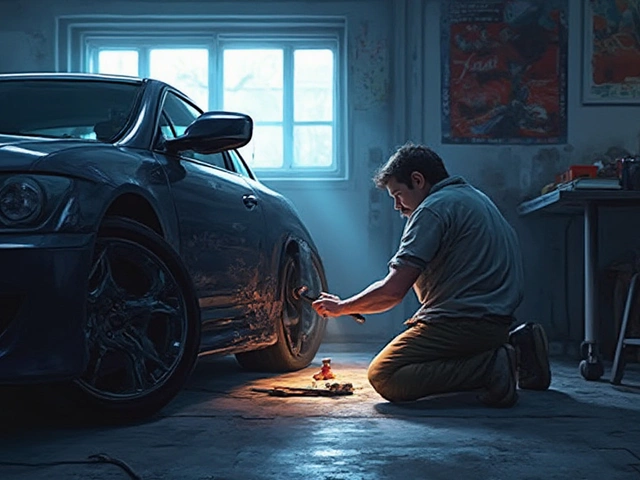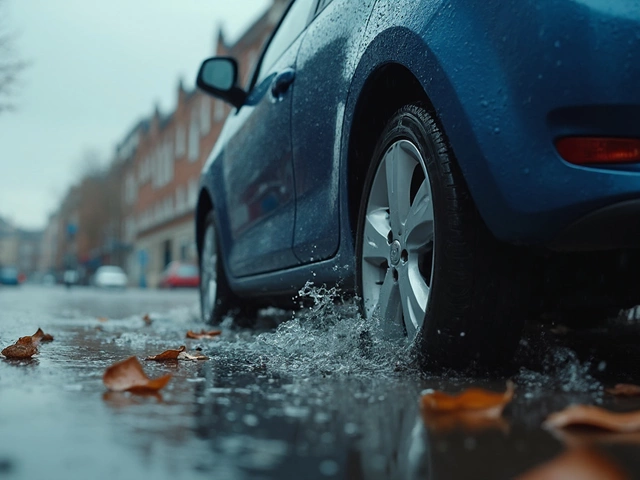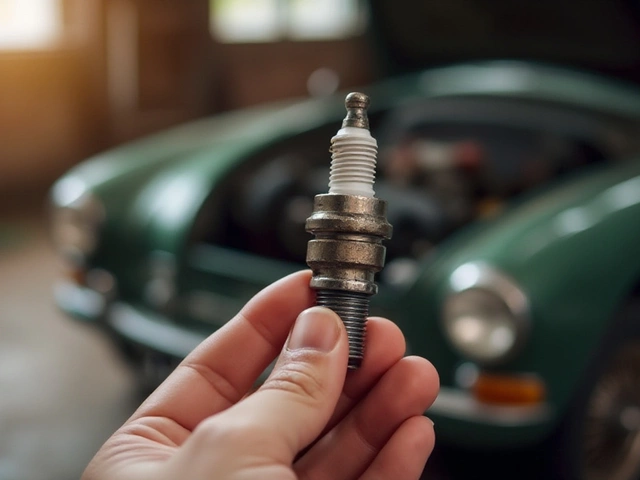Picture this: you’re staring at two almost identical air filters at the hardware store. One is cheaper and says “MERV 8.” The other, pricier one is marked “MERV 13” and boasts hospital-level filtration. You start thinking about allergies, wildfire smoke, and maybe even your pet’s relentless shedding. But then the doubt creeps in—could that higher number do more harm than good? What if MERV 13 actually messes with your AC?
What Is a MERV 13 Filter, and How Does It Work?
You probably hear about MERV ratings all over home improvement blogs, but let’s actually break it down. MERV stands for Minimum Efficiency Reporting Value—a fancy name for how well a filter catches tiny stuff. The higher the MERV number, the smaller the particles it traps. MERV 1 lets a lot of junk through. MERV 8 can handle most dust and pollen (think classic home filters). MERV 13? That’s a heavy lifter—catching bacteria, smoke particles, pet dander, and even some viruses. Hospitals often use filters in this range.
A MERV 13 filter can capture about 90% of particles sized between 3.0 and 10.0 microns (think most dust and mold spores), and nearly 75% of those in the 0.3 to 1.0 micron range—these are the ones that can really irritate allergies and asthma, and linger in wildfire smoke. If you live in a city with bad air, a filter this strong sounds like magic. But every magic trick has a catch.
The trouble is, higher filtration means your filter is denser. This density creates resistance—like trying to breathe through a thick mask. Your AC fan needs to pull air through that filter, and with MERV 13, it has to suck harder (that’s called “pressure drop”). Every system’s fan is rated to handle a certain amount of resistance. When things go beyond the design, problems crop up. We’re talking about motors working overtime, reduced airflow, and in some cases, even frozen coils.
But here’s the twist: Not every AC system was built with these dense filters in mind. Most modern homes are designed for MERV 8, sometimes MERV 11. So before you run out to grab that MERV 13 filter because your neighbor swears by it, let’s talk brass tacks—can it actually damage your system?
The Real Risks: Can a MERV 13 Filter Damage Your AC?
Let’s cut through the worry and marketing claims. Putting a MERV 13 filter in an AC built for less can lead to some legit headaches, but it won’t necessarily “break” your system overnight. The problems show up over time and they’re sneaky.
First, the high resistance creates what pros call low “airflow.” Your system is meant to move a certain amount of air across the coils to cool and dehumidify effectively. Less airflow equals reduced efficiency and less comfort. Your AC might run longer because rooms aren’t cooling as fast, costing you more in energy bills. For folks in hot, humid climates—think Houston in August—that’s a real issue.
Now, let’s talk wear and tear. AC blowers (the fans inside your system) are either fixed-speed or variable-speed. If you have a fixed-speed fan, it’ll try (and sometimes fail) to push the same amount of air no matter what. That means motors get hot, and bearings wear out faster. Manufacturers like Lennox, Carrier, and Trane have all released bulletins warning homeowners about high MERV filters shortening equipment lifespan—especially with cheaper, single-stage equipment.
Variable-speed systems can adapt somewhat by working harder to compensate—but that means higher electricity use. A study from the Florida Solar Energy Center found that high MERV filters (11-13) often raised HVAC energy consumption by 2-10%, depending on how restrictive the filter was and how well the system was maintained.
The scariest outcome is a frozen evaporator coil. When too little air passes through, moisture collects and freezes on the coil. That ice builds up until, suddenly, your AC stops cooling—or worse, you’ve got water on your floor and a repair bill on your hands.
Finally, extreme resistance can trigger system failures and error codes, especially on smarter thermostats that monitor airflow. I’ve seen cases in newer homes where a MERV 13 filter caused the system to shut off after only a couple days because the smart sensor detected major airflow problems.

The Upside: When Is a MERV 13 Filter Worth the Risk?
If you’ve got allergies, asthma, or live in a place that deals with wildfires or heavy pollution, a MERV 13 filter seems worth its weight in gold. And, truth be told, it can be—with the right prep and system. Often, the risk depends on your HVAC’s power and design specs.
Some systems, especially those built or upgraded since 2015, can handle a higher pressure drop. Variable-speed blowers and higher-end furnaces might manage just fine with a MERV 13 filter, as long as you keep it clean and don’t double up filters or block vents.
If you or your family have health concerns, check your system’s documentation for “maximum filter MERV rating” or talk to a technician. Some air handlers even specifically mention MERV 13 as compatible.
Want cleaner air without stressing your unit? You’ve got options. Consider a slightly lower MERV 11 filter, which still traps most particles but with less resistance. Or have a professional install a separate HEPA filtration unit parallel to your AC—this moves more air without adding extra resistance to your main blower.
People sometimes swap dirty air filters for MERV 13s, then forget about them. That leads to even more resistance and trouble. Changing filters more often or picking a high-quality, pleated MERV 11-13 with lots of surface area can help. More surface area means less air pressure per square inch, making things much easier on the blower.
As for health facts, the EPA estimates that indoor air can be five times dirtier than outdoors. During wildfire season, or if someone indoor smokes, MERV 13 is a solid defense—just don’t forget your AC’s limits.
Simple Tips: Balancing Clean Air with AC Protection
You might feel torn between breathing cleaner air and protecting your big-ticket AC investment. Good news: you don’t have to choose one or the other. Try these proven tricks to make high-filtration filters work for you.
- Check your system’s specs: Look at the user manual or tag on the air handler. It might show the recommended max MERV rating or allowable pressure drop (often measured in inches water gauge, like 0.5” w.g.).
- Consider filter thickness. A one-inch MERV 13 filter creates more resistance than a four-inch MERV 13 with the same rating. If your system accepts thicker filters, go for depth.
- Inspect ducts and return vents. Clogged returns or undersized ductwork put extra strain on the system, especially with dense filters. Sometimes pros can adjust or upgrade the return for better airflow.
- Don’t combine filters. Sometimes folks stack a cheap filter behind a pleated one for “extra” protection, but this doubles resistance and invites problems fast.
- Change filters often. A blocked MERV 13 is an AC nightmare. Set reminders for every one to three months, depending on pets, dust, and use.
- Check out filter brands with “low pressure drop” design. Some premium lines market themselves for tough HVAC systems—just watch for actual specs instead of buzzwords.
- Keep up with coil and duct cleaning. Even if your filter is clean, dirty coils or ducts can choke airflow (and make your new filter plug up faster).
- Run the fan on “Auto,” not “On.” This helps keep air moving at the manufacturer’s intended rate, not nonstop, which can overwork things during hot stretches.
For data-lovers, take a look at this table from a 2022 report shared by the Home Ventilating Institute, comparing energy use and airflow at different MERV levels on a common residential system:
| Filter Type | Airflow Reduction (%) | Energy Consumption Increase (%) | Particle Removal Efficiency (%) |
|---|---|---|---|
| MERV 8 | 5 | 2 | 75 |
| MERV 11 | 8 | 5 | 85 |
| MERV 13 | 13 | 9 | 92 |
Notice, MERV 13 does catch more stuff, but the performance drag is real.

Is a Professional HVAC Assessment Worth It?
This question comes up more than you’d think, especially in online air quality groups. Should you splurge for a pro to check if your system actually can handle a MERV 13?
Your HVAC tech can run a real-world "static pressure test" using a manometer. That’s a fancy gadget that plugs into your ductwork and measures resistance with your filter in place. If your readings are higher than manufacturer limits, you’re officially stressing the system. A good tech will flag any issues—like undersized returns, blower problems, or duct leaks—and sometimes fix them for a reasonable cost.
If your AC is over 15 years old, or you’ve never upgraded your blower or ducts, a basic checkup now could easily prevent one of those surprise summer meltdowns. Routine maintenance is cheaper than replacing an overworked blower motor.
Planning a new system? Ask your HVAC contractor to spec for high-efficiency filtration. It’s not much more expensive to size the fan and returns for a MERV 13 at installation than to retrofit later.
One insider tip: Many folks think portable HEPA air purifiers can compete with the whole-house filter. While purifiers are great for bedrooms, a properly sized central system with an efficient filter cleans the whole house far better and way more quietly.
There’s also a peace of mind factor. If you have allergies and want to know your AC isn’t struggling, peace of mind might be worth the service call alone. Pros sometimes spot small issues (like a loose belt or weak capacitor) while they’re out, which can save big headaches when summer hits its peak.






